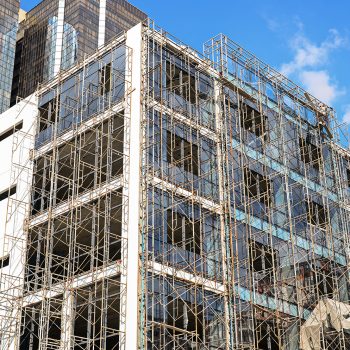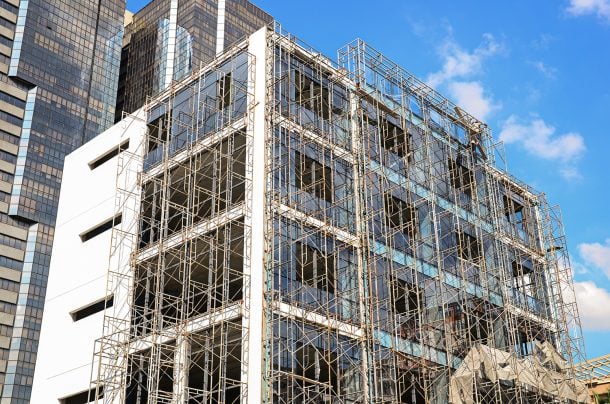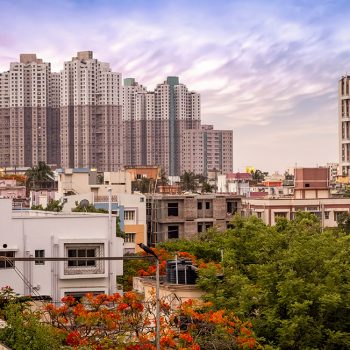What lesson should we remember after celebrating Republic Day in India this year?
While the world slept and at the stroke of midnight on 15 August 1947 India, as we all know, woke to independence; but once it had rubbed the sleep from its eyes the next morning, it found in its brave new day that it still had a King (George VI) and it still had a Governor General too (Lord Mountbatten); and it was to take India another two years, eleven months and eighteen days before it replaced both of them with a formal Constitution, which is why 26th January is celebrated each year on the subcontinent as Republic Day. But the historic date of 26th January 1950, the true birth date of independent India, is memorable for more than its parades and parties; we should not forget that it has a genuine economic resonance as well.
The Indian Economy had virtually stagnated for fifty years between 1900 and 1950, and of course, much of the country’s pre-1900 wealth had been created only to be carried promptly back to London or Leadenhall Street. Average growth in those 50 years before true Independence was a mere 0.5%; but once the British had departed, India almost immediately embarked on a concerted programme of Central, State Controlled Planning which lifted average growth to 3.5% per annum within ten years. It was, on any basis, a staggering achievement; and one which was quickly appropriated into economic dictionaries and lexicons as the “Hindu Rate of Growth”; the new Indian economy was certainly something to be proud of.
And prouder still by the 1980’s when growth rates reached an unprecedented 6% per annum.
Conventional economic analysis divides India’s progress since 1950 into two distinct periods, pivoting sharply on the central axis of the economic reforms of 1991; but looked at in its historic perspective, that analysis begins to look more than a little misguided.
Because the truth is that ever since the Constitution of the Republic in 1950 there has been a steady, broadly consistent and sometimes striking rate of growth on the subcontinent. And of course it is an inescapable fact that since 2004 India’s annual rate of growth has been truly astonishing, but seen in its proper perspective that is not only because of the absolute figures for growth achieved in the period (8.5% per annum in 2008) it is equally about the shifting paradigm of the growth itself.
In 1950 the combined share of Trade, Transport and Communications in Indian GDP was 10%. The equivalent combined figure by 2008 was 32%; these three Sectors together constitute the biggest agents for growth in the economy and that tells us something not only about the way in which the Indian economy has grown since 1950 but also about how it is likely to grow in the future. It is a lesson well worth paying attention to.
When the British Government made India its first port of call after the Brexit referendum last year, it was at pains to put infrastructure spending at the centre of its agenda; both governments signing up to an MOU that improved access to London Capital Markets at a time when the Indian Government is already a long way down the road to implementing a series of Transport and Communication projects on a breathtaking scale. Improved access to capital markets under the terms of the MOU comes at exactly the right time to kick-start the crucial part which Transport and Communications will have to play in future Indian Economic Growth. It is the single biggest lesson to be learned from economic history on the subcontinent over the past thirty years: you ignore infrastructure spending at your peril. And it is a lesson which the Indian Government seems to have taken firmly on board.
In purely political terms it is also interesting to take a look back at the economic climate which was prevailing immediately after the Constitution was adopted in 1950. As we have seen, fifty years of economic stagnation were converted into growth rates in excess of 3.5%; and this happened substantially because of a concerted policy of Central Government Planning; the type of Central Planning which has now been almost utterly discredited in favour of a looser, open market economy. But that shift in political thinking has certainly not stopped the Government in India from playing a continuing part and crucial part in orchestrating infrastructure spending across the subcontinent. That should not be seen as a bad thing (as each of the Governments of the United Kingdom and India recognised during the Trade Mission last year): infrastructure spending is simply too important to be ignored.
Having just celebrated Republic Day this year, that is a lesson we should all remember.
Red Ribbon CEO, Suchit Punnose said:
India has come a long way in the last, near seventy years; and it can sometimes be easy to overlook the scale of the progress the country has been made over that period, dazzled as we might be by the astonishing, exponential growth of the last decade. But it seems to me the article is right to seek to put the last decade in its proper, historic perspective. The resources which India has to offer have the capacity to make it a real power in the economic world, and of course only last month we learned that it had moved up to fifth place in the world economic league. We should never forget that this is far from the work of ten years; it is the culmination and expression of India’s true economic potential.
And having just celebrated Republic Day, it is certainly appropriate that we should keep that in mind.








Leave a Reply